In late February 2014, following three months of demonstrations on Kyiv’s Maidan Nezalezhnosti (Independence Square), then-President Victor Yanukovych fled the Ukrainian capital on a tortuous path that ultimately took him to Russia. On February 22, 2014, Ukraine’s parliament appointed an acting president and acting prime minister, who promptly announced their intention to press reforms and bring Ukraine closer to Europe.
Four years later, Ukraine finds itself in a low-intensity but still very real war with Russia. Russia seized Crimea and has prosecuted a conflict in the eastern Ukrainian region of Donbas that has claimed more than 10,000 lives. While President Petro Poroshenko and his governments have implemented serious reforms, the pace has slowed markedly. Many are particularly frustrated that more has not been done on the anti-corruption front.
Ukraine today finds itself facing two challenges: beating back Russian aggression, and completing the domestic reforms that will make Ukraine compatible with European Union norms and draw foreign investment to grow the economy. In order to succeed, Kyiv cannot afford to focus just on the Russian threat; it has to solve both challenges.
Dealing with the Russian Threat
As Mr. Yanukovych fled Kyiv, “little green men”—Russian troops in uniforms without identifying insignia—moved to occupy Crimea. Days later, Russia illegally annexed the peninsula. Shortly thereafter, Russian intelligence and military services provided leadership, funding, ammunition, heavy weapons and, in some cases, regular units of the Russian army to launch and sustain a separatist conflict in Donbas.
More than 10,000 have died in eastern Ukraine—including nearly 300 passengers on Malaysia Airlines flight 17, shot down over occupied Donbas by a Russian-provided surface-to-air missile. Much housing, industry, and infrastructure lie in shambles. An estimated 1.7 million internally displaced persons have left to reside elsewhere in Ukraine, and as many as 700,000 have gone to Russia.
While a substantially improved Ukrainian military has managed to stabilize the line of contact that separates it from Russian and Russian proxy forces, fighting continues despite settlement agreements reached in Minsk in September 2014 and February 2015 (the second one brokered by the leaders of Germany and France).
The Kremlin, however, appears content to sustain a simmering conflict in Donbas. That provides a means to pressure and undermine the government in Kyiv, impeding its efforts to bring the country closer to the European Union. Moscow’s denials of involvement have little credibility, given the identification of Russian military hardware and senior Russian officers on the ground in Donbas.
The “Normandy Four” channel established in June 2014 among the Ukrainian, Russian, German, and French leaders remains the principal venue for settling the conflict, though the U.S. government has taken a more active role the past nine months. Secretary of State Rex Tillerson, who describes Russia’s aggression against Ukraine as the biggest obstacle to improving the bilateral U.S.-Russia relationship, appointed Ambassador Kurt Volker as special envoy to help find an end to the conflict in support of the Minsk agreements.
The potentially promising development of the past six months is the possibility that the Kremlin might consider an international peacekeeping force to facilitate a settlement. Such a force would require adequate manning and a robust mandate. It could help provide the conditions for implementing political measures agreed in Minsk. While the peacekeeping force might begin along the line of contact, it would have to deploy rapidly throughout all of occupied Donbas, including on the Ukraine-Russia border. A force that got stuck on the line of contact would merely turn a simmering conflict into a frozen one.
Whether the Kremlin and President Vladimir Putin would agree to such a peacekeeping force remains an open question. With attention in Moscow now on the March 18 presidential election, the Russian view will not become clear until later in the spring.

Slowing Reform
In May 2014, Mr. Poroshenko was elected president, securing more than 55 percent of the vote. That obviated the need for a run-off, the first time since 1991 when a Ukrainian presidential election did not require a second ballot.
Mr. Poroshenko and his first government, composed largely of technocrats led by Prime Minister Arseniy Yatseniuk, implemented some impressive reforms in 2014 and 2015. The reforms included stabilizing government finances, consolidating the banking sector, enacting transparent procedures for government procurement, and raising energy tariffs to cover the cost of providing the energy. Such reforms helped Kyiv in 2015 to secure a program with the International Monetary Fund worth $17.5 billion in low interest credits over four years.
The pace of reform, however, slowed in 2016 and has not rebounded. As Ukraine has failed to deliver on measures such as land privatization and harmonization of gas prices, the IMF’s program has disbursed no money for 10 months. IMF officials now seem especially concerned about the need for more effective steps to combat corruption, which continues to plague many areas of Ukrainian life. They have focused in particular on establishing a special court to try corruption cases.
It is unclear when the IMF program will resume. The Ukrainian government was able to borrow on the Eurobond market last autumn, albeit at higher interest rates than from the IMF, so it may see less need for IMF funds—and thus less need to implement the reforms that it agreed to in its program. With presidential and parliamentary elections scheduled for 2019, many worry that Mr. Poroshenko will put off further reform steps.
That might not prove the smartest political course. Opinion polls reflect growing public dissatisfaction with the lack of action on corruption and failure to curb the political power of the oligarchs. A newly released survey regarding potential presidential candidates showed Mr. Poroshenko in second place, polling 9.4 percent—a dramatic decline from the 55 percent he won in 2014.
The slowed pace of reform has also caused frustration among Ukraine’s Western partners. They have begun voicing their concerns publicly. The European Union has followed the IMF and withheld assistance due to Kyiv’s failure to perform.
That is the challenge facing Mr. Poroshenko today. He has to continue to hold the line against Russian aggression while also delivering on further reforms. Of late, he has done more on the former than on the latter. He should not, however, use the conflict with Russia as an excuse. He needs to up his game on reform.
The West should strongly encourage that. Over the 26 years since the country regained independence, Ukrainian leaders have demonstrated the ability to muddle through—that is, to avoid disaster but not putting the country on a path to success. The people of Ukraine deserve more if they are to realize the potential of the Maidan. The West should want more as well: A successful Ukraine will contribute to a more stable Europe.
The Brookings Institution is committed to quality, independence, and impact.
We are supported by a diverse array of funders. In line with our values and policies, each Brookings publication represents the sole views of its author(s).

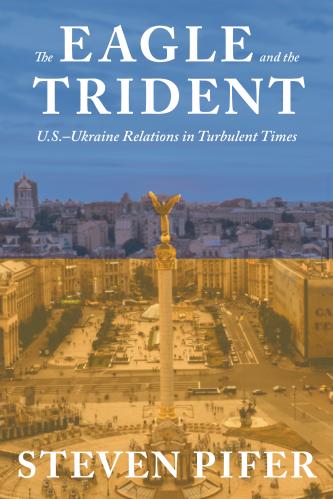
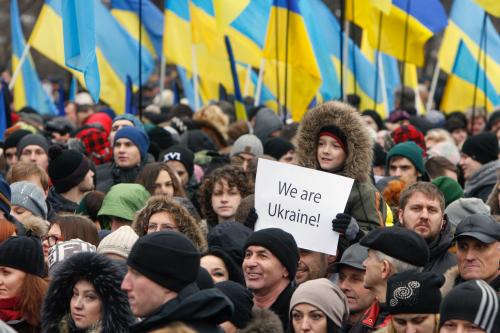
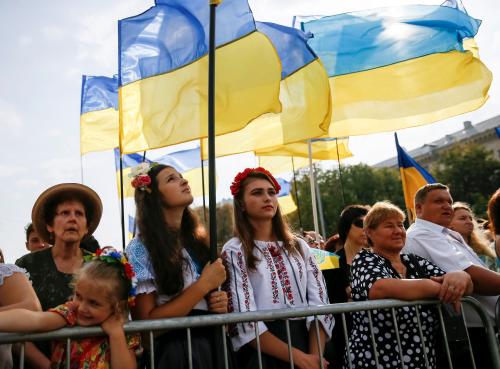
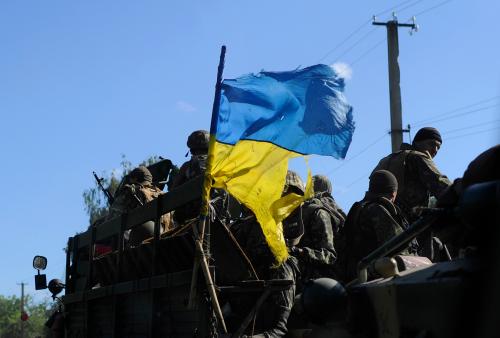

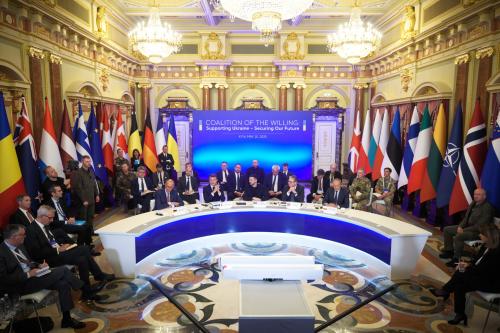
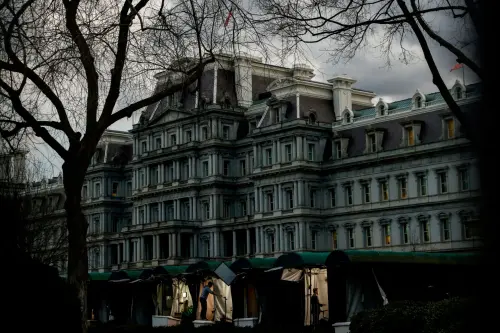
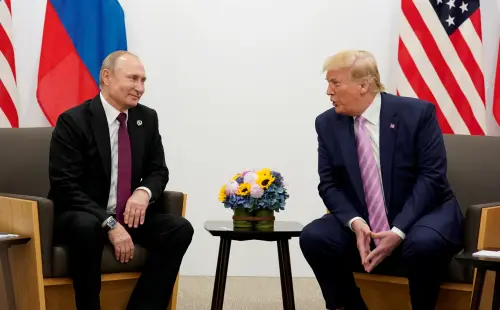
Commentary
Ukraine four years after the Maidan
February 22, 2018